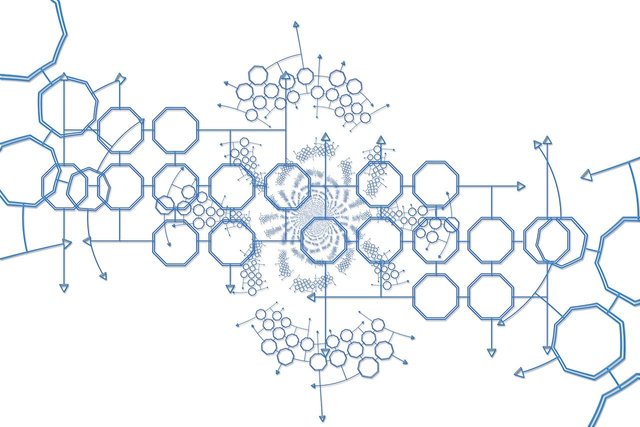Consensus mechanisms in blockchain networks
Consensus mechanisms are the main driver of any blockchain. It plays a crucial role in blockchain networks. It is ensuring that all participants agree on the state of the blockchain and validate transactions. They are responsible for maintaining the integrity, security, and decentralization of any blockchain network. Various consensus mechanisms have been developed so far. One has advantages over another. Let’s check some leading consensus mechanisms used by different blockchains.

Proof of Work (PoW) is at the top of the list because it is used by Bitcoin and several other cryptos. In PoW, miners compete to solve complex mathematical puzzles. It requires significant computational power. The miner who successfully solves the puzzle first gets the right to add the next block to the blockchain. That miner is rewarded with newly minted crypto. PoW is secure and resistant to attacks because it requires a substantial amount of computational effort to alter the blockchain history. However, PoW is energy-intensive. It has another problem it can lead to centralization as miners with more resources have a higher chance of winning the block rewards.
An alternative consensus mechanism is Proof of Stake (PoS). In PoS, validators are chosen to create new blocks based on the number of coins they hold or stake in the network. Validators put their own cryptocurrency at risk to validate transactions honestly. PoS consumes significantly less energy compared to PoW but still PoS may lead to a concentration of power in the hands of a few validators with a large stake. Suck kind of higher stake will be vulnerable to the decentralization of the network.
Delegated Proof of Stake (DPoS) is a bit updated version of PoS. It is another consensus mechanism. It combines the benefits of PoS with a more efficient block production process. DPoS introduces a small number of elected delegates. The elected group is producing blocks on behalf of the network. Delegates are selected based on voting by coin holders and any other voting system of users. There is a chance for a small group of delegates to significantly control block production here as well.
There are some other consensus mechanisms in practice like Practical Byzantine Fault Tolerance (PBFT), Proof of Authority (PoA), etc.
~ Regards,
VEIGO (Community Mod)


Knowing the consensus process in blockchain networks is very beneficial. You have shared something very important with us.
You have done well by explaining consensus mechanism of blockchain technology
Thanks for sharing with us 😊